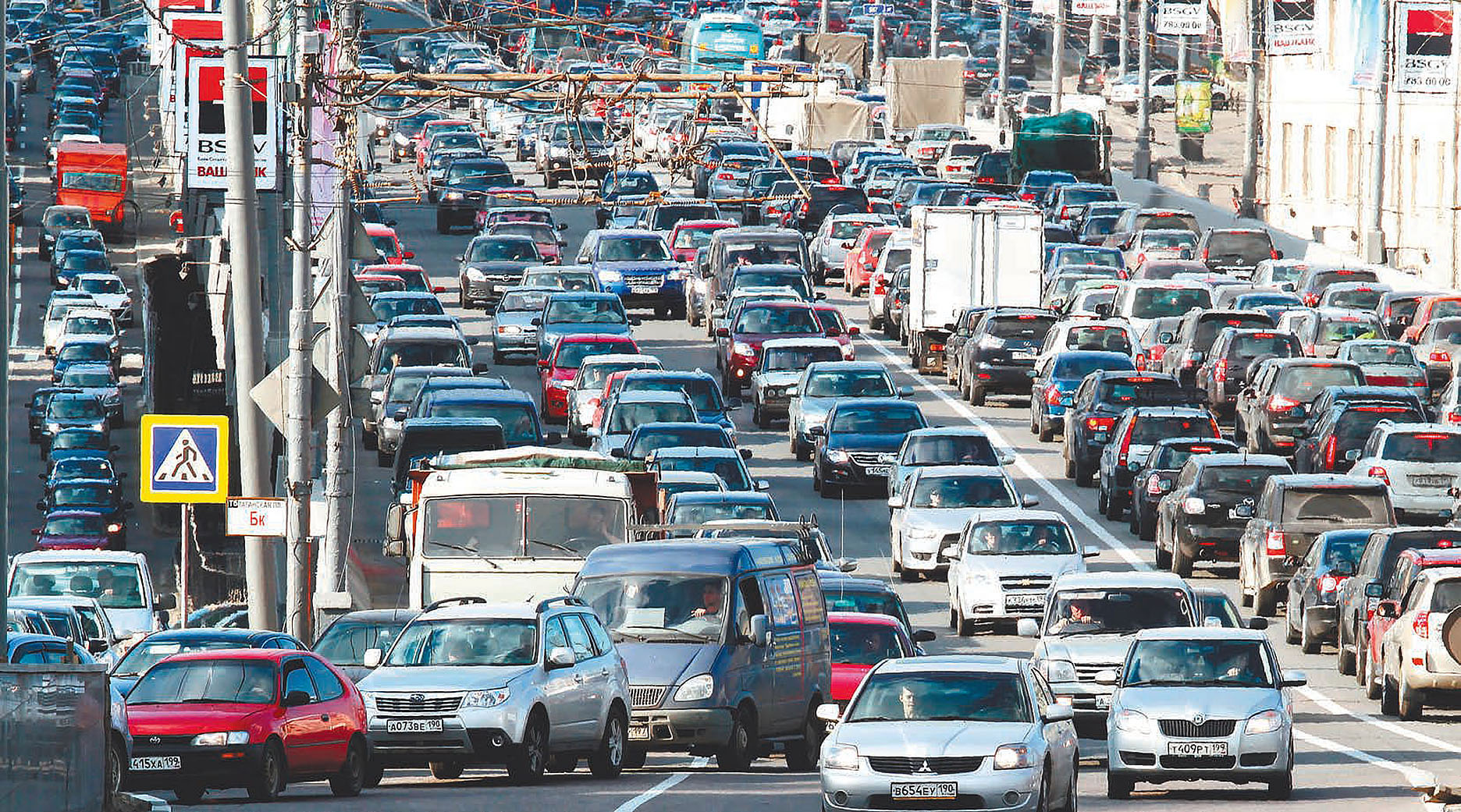Assessment of Megacity Environment

Kovach Roman G.
Project executor
Researcher at the faculty of Geography of Moscow State University, PhD
E-mail:
rkovach@yandex.ru
The Moscow megapolis is one of the most polluted regions of the European territory of Russia, with a high population density. The development of road transport networks and diverse industries, coupled with high rates of economic growth, has resulted in a significant environmental impact on natural ecosystems and landscape systems, as well as a noticeable environmental degradation and the living conditions of residents.
In this regard, it is essential to monitor the fate of pollutants in urban environment, assess their accumulation in components of urban landscapes, and identify potential environmental hazards. This project, which was conducted between 2019 and 2022, was funded by RSF and aimed to identify informative geochemical markers of the most significant sources of urban air pollution based on a coupled analysis of chemical composition in the atmosphere, snow, road dust, soils, and surface waters.
A comprehensive analysis of the chemical composition of atmospheric aerosols allows for the identification of sources of pollution, tracing the flow of matter into the subsurface and hydrosphere environments, assessing their environmental conditions, and determining the impact of human-induced pollution on human health. To this end, a technique has been developed to fractionally analyze the major chemical components of atmospheric aerosol, river water, and terrestrial landscape components in a megalopolis.
To develop the project's technical base, a new Aerosol Complex has been established on the premises of the Moscow State University's Meteorological Observatory, equipped with advanced, high-precision instruments for measuring the mass concentrations of aerosol components within the framework of the Global Atmospheric Monitoring Network (GAW). The data from the Aerosol Complex have been used to analyze the daily, weekly, seasonal, and long-term trends in atmospheric pollution. The study of the impact of the geometry of residential areas and urban canyon features (major roads and avenues), such as their distribution and redistribution patterns of microparticles from road dust and soil contaminated with heavy metals, has led to a better understanding of how urbanized landscapes and their geochemical structures form. Monitoring of pollutants in surface waters within the megapolis has allowed for the identification of the range of pollutants transported and the quality of river water. Based on the basin approach, a quantitative characterization of the water flow of microparticles and associated pollutants in various parts of the Moscow River Basin has been conducted. A unified conceptual framework for studying river matter migration has been developed.
Research on microparticles in urban environments will continue in the years 2023 to 2025. This research will follow the grant received by the project team to extend the research. The primary goal of this new phase of the project is to test the newly developed technologies for assessing pollutants within different parts of Moscow, which vary in the level of geochemical loading and the composition of prioritized pollutants. An essential component of this study will involve assessing environmental risks to biota and human populations. It is intended to develop the instrumental base by increasing the number of measured parameters for microparticles, extending the duration of observation, conducting field experiments, and model simulations. Special attention will be given to the characteristics of pollutant sources, including road and railway transportation.
The research will focus on the following areas:
- The spatial and temporal variability of the aerosol geochemical load in the territory of the megalopolis and its potential environmental hazard is the subject of this study. It is intended to expand the range of seasonal and annual measurements for microphysical characteristics and the chemical composition of aerosols, including their primary and secondary organic and inorganic components. For the first time, a task has been set to conduct a comparative analysis of the levels of pollution and emission sources within the Moscow megalopolis and surrounding region. The study will investigate the contamination of street canyon microparticles, depending on the characteristics of buildings and the level of traffic activity.
- Fractionation of potentially toxic elements and compounds in components of terrestrial landscapes, including the granulometric fractionation of chemical elements in soils. Determination of the mobility of metals and metalloids in urban soils. Characterization of the distribution of metals and metalloids in microparticles of the "snow-road dust-soil" subsystem. Based on representative scenarios for Moscow's population, an assessment of the impact of contaminated soil microparticles and road dust on the health of vulnerable groups will be conducted.
- Migration of microparticles in the river system with an assessment of the integral environmental risk. A unique database collected during 2019–2022, containing data on the content of multiple chemical elements in river water, microparticles, and bottom sediments from tributary streams of the Moscow River, will allow for investigation of the factors that determine the specific and spatio-temporal variability of the chemical composition of components in the surface run-off of urban waterways. A comparative assessment of microparticle and pollutant fluxes in urbanized river basins will be conducted, with a focus on Moscow, which exhibit varying degrees of anthropogenic influence and transformation of their catchment areas and riverbeds into different phases of water regimes. Hazard assessments will be provided for the aquatic ecosystems, including both the total pollutant content in aquatic components and their distribution among various size fractions.
- Quantitative assessment of the contribution of microparticle sources to urban air pollution. Based on the data collected in the seasonal and annual cycles of continuous measurements of microphysical properties and chemical composition of aerosols, which includes the accuracy and errors in measurements of various components, the major sources of economic and transportation activity and dust emissions in the city will be identified. The contribution of individual sources to atmospheric pollution will be calculated using the receptor modeling approach of Positive Matrix Factorization (PMF), which is a well-established tool in Source Apportionment technology.


